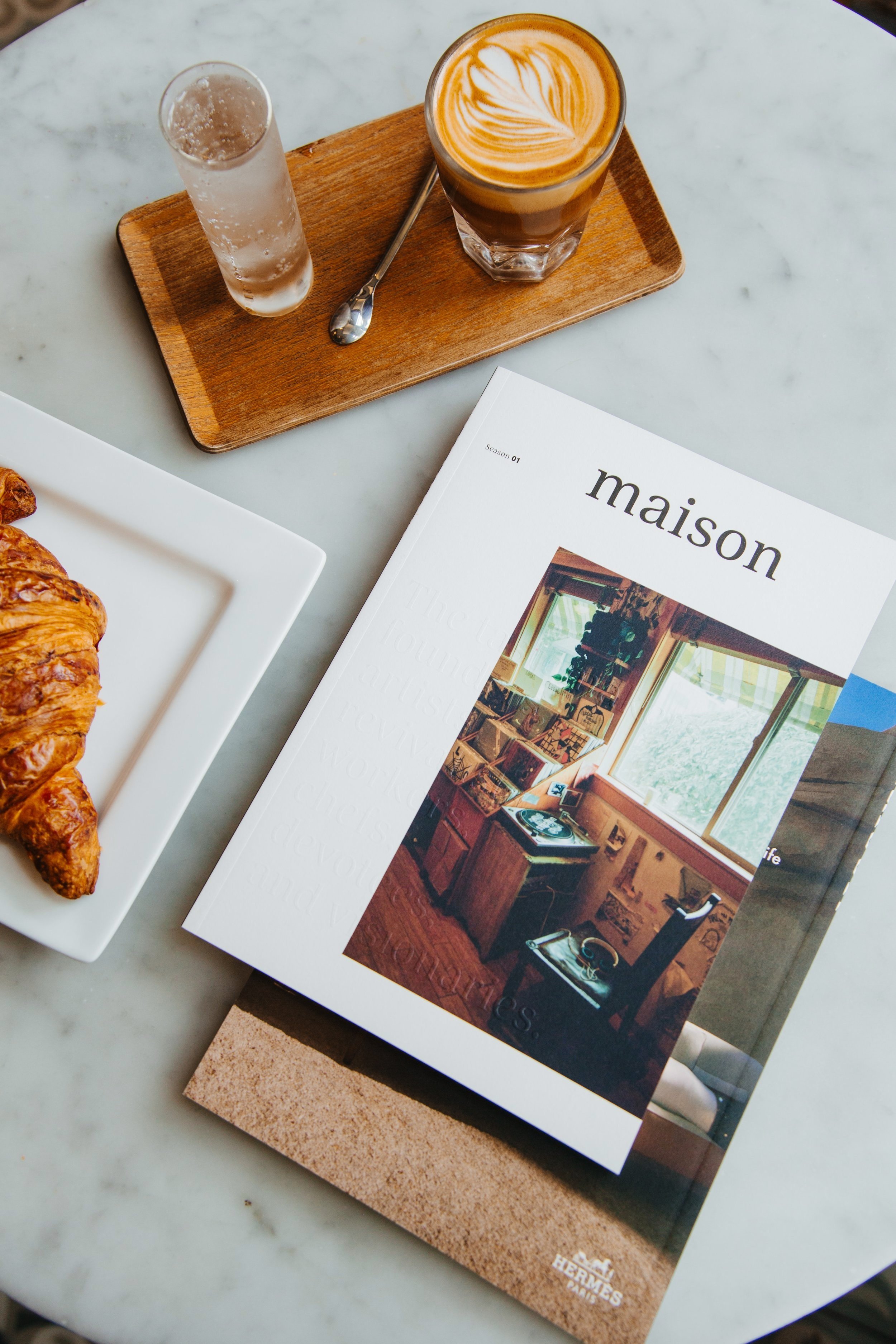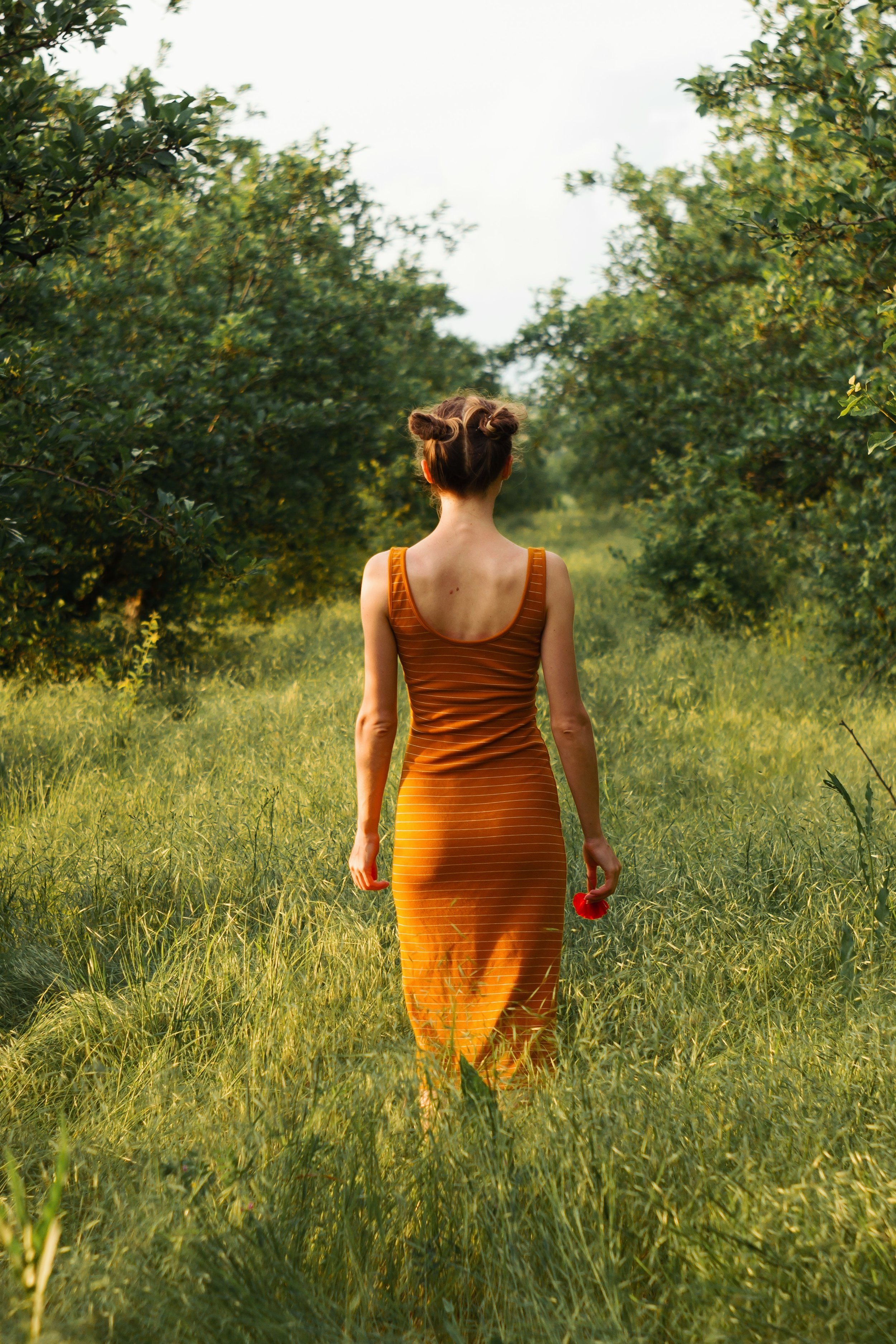5 Enriching Ways to Boost Your Neuroplasticity In 2024
Article Published for The Vital Creative Collection, Written by Our Editorial Director, Casey Balon
Photo by Kateryna Hliznitsova
Exercises that enhance neuroplasticity also support our creative potential… and what better way to elevate your 2024 than to give your brain a boost?
Neuroplasticity refers to the ability of neural networks (highly interconnected circuits in the brain) to change, grow, and reorganize in response to experiences, learning opportunities, challenges, and injuries.
When someone says they’re ‘re-wiring’ their neural pathways to create new patterns and responses, they are referring to the functions of neuroplasticity — the processes involved in forming and shifting synaptic connections between neurons.
While somewhat complex and downright fascinating in nature, enhancing our brain’s plasticity does not have to be boring, nor complicated… and, over the long term, the ripple effects can be profound.
Photo by Camille Brodard
Here are five of my favourite ways to boost neuroplascity during 2024:
#1: Sign up for an entirely new physical activity or sports team
A regular movement practice or exercise routine is not only an essential component of overall wellbeing, it actually enhances neuroplasticity.
While some types of exercise have a more powerful effect on the brain than others, physical activity as a whole promotes improvements in cognitive function, learning, and memory.
If you’ve been eying up that ‘intro to bouldering’ class or recreational water polo team, now may be the perfect time to take the leap.
Experiencing something for the first time (or even participating in a familiar activity in a new way) invites us to meet parts of ourselves — and engage parts of our brain — in a novel way too. This is an incredible approach to sparking creativity and innovative thinking.
Pair those benefits with the liveliness of social dynamics and unique motor functions required when playing sports, and you’ve got yourself a winning formula for increasing activity between neurons.
Another hidden bonus here is the neurochemical cocktail we experience when engaging in collaborative environments and healthy teamwork.
Photo by Sonnie Hiles
#2: Use this time of year to re-evaluate and re-create your most optimal sleep habits
If Andrew Huberman hasn’t engrained this into you yet — quality sleep is one of, if not THE MOST, important assest in your health toolkit.
For folks in the northern hemisphere, the temperature is trending upwards into the spring; I’d say this is a perfect opportunity to crack open your bedroom window (in the evening and morning hours) to let that fresh air revitalize your resting space.
Photo by Sena
Working with your circadian rhythm invites you to take a look at multiple factors, including sleep-time consistency, wake times, sunlight exposure, electronic use, caffeine intake, meal timing, naps, exercise patterns, and more.
To dive into the Huberman Lab ‘Sleep Toolkit’, check out this podcast episodes on the subject: Sleep Toolkit: Tools for Optimizing Sleep & Sleep-Wake Timing, or dive into Arianna Huffington’s timely book, The Sleep Revolution.
Photo by Nik Guiney
#3: Join a Speechcraft group or writing club
Indulging in conversation about creative development, upcoming projects, and all-things-blogging is fun and all, but actively practising the art of public speaking or actually writing in a group environment on a regular basis is an entirely different ballgame.
There are multiple elements to these types of experiences that, when paired together, ends up creating a delightful blend of cross-connectivity inside your brain and body.
These elements include:
the nuances of social engagement
maintaining a sense of self in a group setting
coaching yourself past your previous Creative Edge
expanding your nervous system’s capacity to express in new surroundings (getting out of your comfort zone and exploring new terrain)
Mixed together, this creates a fabulous opportunity to up-level your communication skills (aka: groove out new neural pathways on a regular basis).
Photo by Vlada Karpovich
#4: Simplify your mindfulness game by integrating a mid-day ‘Interoception Check-In’
Interoception refers to your ability to perceive — and listen to — your body’s internal state.
Ideally, we want to be instinctively attuned to the needs, desires, and language of our body throughout the day. Yet, this isn’t a realistic experience for everyone. Whether a result of a busy atmosphere, exciting day, or neurodivergence, there are many circumstances in which we don’t have a clear understanding of our internal state. This is especially true when our bodies are in a continual state of high-functioning stress or sympathetic activation.
By creating a pocket of time to check-in with ourselves, we are creating an opportunity to ask the question: “How do I feel?”
This question can be asked both of our brain (generalized as conscious awareness) and body (generalized as our subconscious).
This check-in can encompass tuning into our current emotional experiences, as well as other internal signals, such as our levels of hunger, thirst, temperature, stress, fatigue, and pain, or other markers, such as our heart rate, breath patterns, sensations, feelings, and even our need to use the washroom.
Photo by Gladys Arivia
A few tips for integrating this mid-day check-in:
Set an alarm for a time in the afternoon when you can regularly take 5 minutes to bring your attention and intention inwards.
Craft it in a way that feels good for you — don’t force yourself into a performative or uncomfortable state. For example: if it feels natural for you to place one hand on your heart and one hand on your belly while closing your eyes and audibly sighing for a few breath cycles while tuning into your body, then go for it. If it makes sense for you to pull out your journal and write down how each of your body parts are feeling, then do that. If it feels better for you to take a walk outside and let your body vibrantly lead the way, go for it.
Being able to connect and listen to your body is the key to creating a more compassionate relationship with your internal signals and body-based requests.
Photo by Maria Lupan
#5: Learn to play a new instrument, speak a new language, or study a fresh body of work
While both language and music play an integral role in connecting human to human (translating emotion and experience and sensation and the unspoken into the relatable) the effects within us are just as significant.
In Instruments of Knowledge: Music and the Brain carried out by Annie R. Stoklosa, she writes:
Playing a musical instrument has been shown to increase cognitive ability through enhanced neuronal communication between the left and right hemispheres of the brain, resulting in positive effects on learning, memory, fine motor skills, verbal and non-verbal reasoning, resulting in an overall more capable brain to apply in a multitude of settings.
If there is a language that has always attracted you, or an instrument you’ve secretly been desiring to play, use this time of year as the perfect launching pad to dive into this invigorating area of interest.
Relieve the pressure by making the endeavor accessible: Carve out 15 minutes each day to utilize a subscription on Babble, or seek out a guitar teacher in your area. It’s never too late to dip your toes into new waters. Your brain will thank you.
Photo by Nicole Romanoff
Article Written by Casey Balon, Editorial Director of Casey Jacque
Casey is a writer & creative director based outside of Saskatoon, Saskatchewan. With a heart for literary journalism, an appetite for adventure, and a spark for creating dynamic — and deeply collaborative — environments, her aim is to bring Genuine Voices back to the Creative Table. When she’s not carrying out an interview, or writing about Creative Vitality through the lens of the body, you can find her hiking with her dogs, regenerating with her fiancé, diving deep with dear friends, or exploring a new country.
Let’s Connect: Instagram @iamcaseybalon, e-mail casey@caseyjacque.com
Read More: About the Author
To read fresh articles by Casey and her team each week, visit www.caseyjacque.com.









